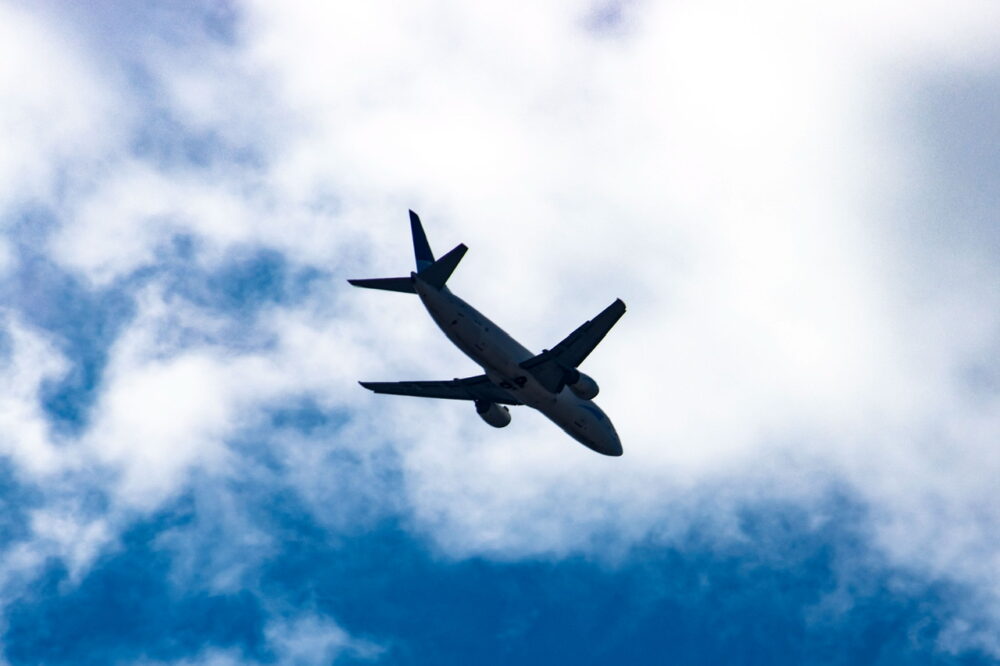Bird strikes may not be an everyday occurrence for airlines around the world. However, they can be a major headache when they do happen. The Federal Aviation Administration (FAA) receives over 10,000 reports of bird and wildlife strikes each year. So, how are operators trying to prevent such incidents from happening?

Plenty to consider
Across Europe and North America, over two-thirds of strikes happen at night. A third of these occurrences were during an aircraft’s approach, while just under a third have been during takeoff, and just over a quarter are when landing.
These incidents aren’t only dangerous to the animals being hit. The impact can affect operations and cause significant damage in some circumstances. Over 290 people have been killed as a result of wildlife strikes since 1988. Moreover, it can be a costly situation to deal with. For instance, these issues have cost the United States civil aviation industry up to over $650 million per year.
With such a variety of factors at play, airlines, crew, and airports need to ensure that the right provisions are in place to reduce risk.

Several variables
Simple Flying recently spoke with Captain Chris, a senior Airbus A350 training captain, about how pilots deal with strikes. He highlighted that there are measures in place to try and prevent them from happening. However, if one should occur, they are dealt with differently depending on the case.
“Bird strikes are not common, but again it depends on the size of the aircraft and the size of the bird. A goose is going to cause more damage than a sparrow,” Chris told Simple Flying.
“I hit a large seagull at Glasgow a couple of years ago and it left a fist-sized dent in the leading edge of the wing. The same bird hitting a smaller aircraft would be much worse. Most airports have bird scaring equipment to avoid these encounters.”
In Chris’ case, his team was conducting flight training at Glasgow and had engineers in the cabin, who witnessed the strike. The crew could not see any damage from the interior of the aircraft and continued to train after reporting to the tower to check the runway for debris. If there were any noticeable damages or systems problems, they would have landed immediately. Nonetheless, the team submitted a report after landing.
Just like with birds, land animals can also disrupt operations. The severity of the impact, of course, depends on the size.
“Size matters. All international airports have secure boundary fences to prevent animals from entering the field or especially the runway,” Chris added.
“I once had to wait for 15 minutes while the ground crew at New York JFK cleared about 40 large turtles off runway 04L so we could depart.”

Responsibility from the ground
Airports have a significant role in preventing potential strikes. For instance, London Heathrow’s authorities invest in research to understand which types of birds are native to the area and how they respond to different deterrents.
The airport uses certain methods to manage the habitat. For example, it keeps the grass in the airfield between six and eight inches tall to prevent birds from sheltering there. The site’s officials also have initiatives in place to manage biodiversity in surrounding areas to ensure the natural life is well maintained.
Airports also often use speakers to blast distress calls, which can deter birds. They also cover open waters so animals aren’t attracted. Other factors within the food chain have to be thought about such as systems to control insect populations. Aviation bodies work closely with wildlife institutions to encourage animals to reside elsewhere.
Some airports also go for a hardline approach. They may try to capture and kill birds if required.

Proactivity is key
Despite the measures in place at airports, animals could still slip through. Boeing advises that, if large birds or flocks of birds are reported or noticed near the runway, crew members should think about delaying the takeoff or landing when fuel permits. They should also advise the tower and wait for airport action before advancing. Alternatively, if available, they could land on another runway that is not disrupted.
If operating at airports with known or suspected wildlife activity, airlines are advised to converse about bird strikes during takeoff and approach briefings. In these situations, crews are also advised to plan additional landing distance “to account for the possibility of no thrust reverser use if a bird strike occurs.”
Other prevention tactics that can be followed to avoid strikes in bird hotspots include avoiding or minimizing maneuvering at low altitudes to avoid birds. Below 10,000 feet, pilots can keep their speed below 250 knots if possible. Moreover, below 2,000 feet, they can climb at the maximum rate “to reduce the flight time exposure to a strike hazard.” Airlines can also plan ahead by modifying services in the presence of known or expected wildlife activity.
Stay informed: Sign up for our daily aviation news digest
Staying alert
Altogether, most bird and animal strikes aren’t so detrimental to operations. However, the impact can add up over time, and prevention is the best way to avoid any potentially dangerous results. From boars to bears, there have been all sorts of animals found at airports in recent years. So, stakeholders across the board all work together to minimize the chances of a collision with animals during airline operations.
What are your thoughts about the measures in place to help prevent bird strikes occurring during flight operations? Do you know of any additional initiatives in place to avoid these incidents happening? Also, have you been on an aircraft when such a strike has happened? Let us know what you think of these issues in the comment section.
"bird" - Google News
February 26, 2021 at 08:00PM
https://ift.tt/2NzJR7u
How Airlines Try To Avoid Bird Strikes - Simple Flying
"bird" - Google News
https://ift.tt/2s1zYEq
https://ift.tt/3dbExxU
Bagikan Berita Ini














0 Response to "How Airlines Try To Avoid Bird Strikes - Simple Flying"
Post a Comment